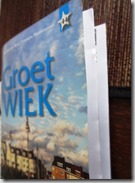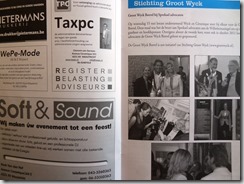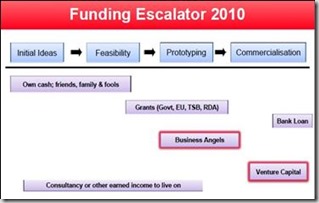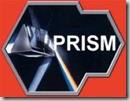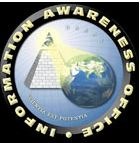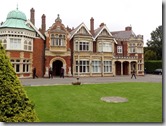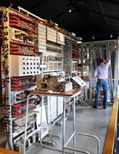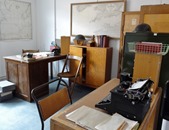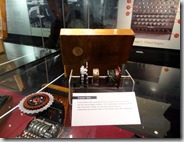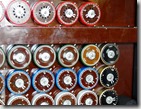A little tech interlude
‘Just think of PRISM as your fully automatic, free, government sponsored cloud backup system.
 The Guardian continues to publish information about the scope of PRISM wiretapping, it seems clear that they are caching vast quantities of data for retrospective mining. The purpose of the Bluffdale Data Center seems suddenly obvious; the EU is rumbling that several sovereign constitutions may have been breached.
The Guardian continues to publish information about the scope of PRISM wiretapping, it seems clear that they are caching vast quantities of data for retrospective mining. The purpose of the Bluffdale Data Center seems suddenly obvious; the EU is rumbling that several sovereign constitutions may have been breached.
A TWIT interview suggests that the NSA is, in all likelihood, spitting data off the fiber optic backbones just upstream from Google, Facebook, Yahoo, and others, and that would be consistent with known taps on undersea cables and satellite ground stations.
I expect that most people will eventually settle into the position of allowing anything that makes them feel safe the government echoes that I you have nothing to hide, you have nothing to fear.
<sigh> Just like in Turkey.
==========================
Is it possible to create a startup without basing it on a supposedly ‘disruptive’ technology?
 I find myself shifting tech allegiance these days. It’s not planned, but I like keeping up with cutting edge innovation and in-depth information.
I find myself shifting tech allegiance these days. It’s not planned, but I like keeping up with cutting edge innovation and in-depth information.
For years, computer innovation was Microsoft, just as it was IBM a generation ago. I used their tools, learned their languages, configured their systems, and kept up with each new release. But the change cycle is getting longer, the improvements less compelling. Google seems more creative, aggressive, and pervasive: if I want to be part of it, it’s time to learn Java and Android.
Similarly, TWiT was my go-to source for weekly podcasts discussing technology and society. I’ve started following more programs from alternative 5by5, more as a supplement than a substitute. The perspective is younger (sometimes naively so) but the news feels deeper and more current. There are alternatives, TPN and others, that I’m still exploring.
==========================
Gnod is a search-engine to find things you don't know about by asking what you like and what you don't like.
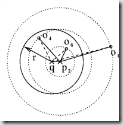 Similarity searches are based on finding data that most closely matches a given set of examples. Nearest neighbor techniques which sort candidates based on the number of matching qualities are one example, but there are many others.
Similarity searches are based on finding data that most closely matches a given set of examples. Nearest neighbor techniques which sort candidates based on the number of matching qualities are one example, but there are many others.
These are applied to problems like Find Music / Books / Movies that I would like”. Netflix famously sponsored a contest to predict movies that people would like, and most tech companies are rolling out music services based on individual and social preferences.
In other domains similarity searches don’t work nearly so well. Looking for news stories like “the ones you prefer” leads to an recursive chamber of single viewpoints and biased facts. Media programming designed to appeal to the broadest possible audience ends up satisfying nobody.
I’ve been trying to figure out the difference: what problems are candidates for similarity searches and which ones aren’t. Not much progress yet, but every time Facebook serves me a friend, or Google an ad, I know that nobody else has solved it either.
Labels: Society and Technology, Tech Tips

